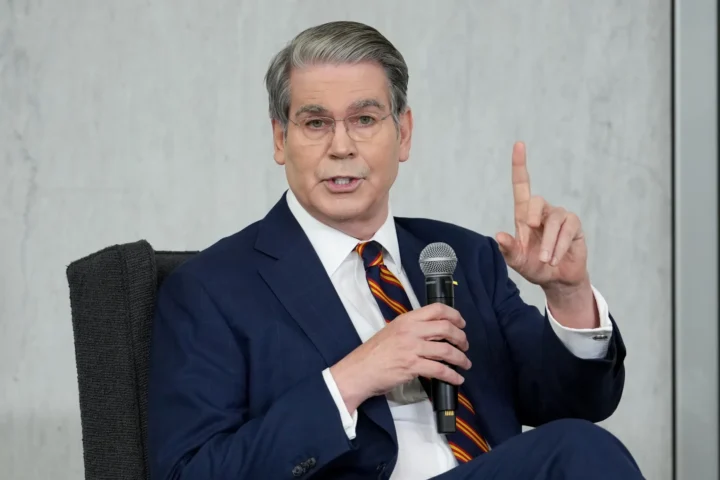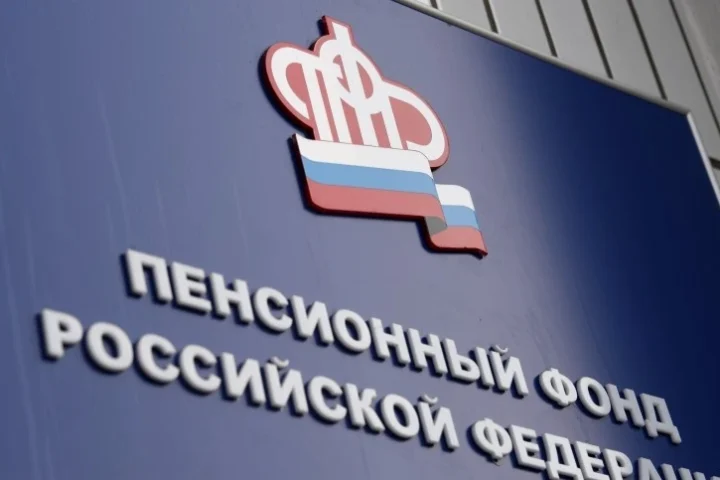U.S. President Donald Trump stated on Sunday that the war in Ukraine should be halted along the current front lines — and that possible agreements could be discussed later.
Speaking to journalists aboard Air Force One, he emphasized that he and Ukrainian President Volodymyr Zelenskyy never discussed transferring the entire Donbas region to Russia:
“We never talked about that… We think they should just stop where they are — at the battle lines.”
He then added:
“Let it stay the way it is. It’s kind of divided now… I think 78 percent of the land is already taken by Russia. You leave it as it is right now, and they can negotiate something later on.”
What Exactly Trump Is Proposing
- A ceasefire along current battle lines.
According to Trump, both sides should “just stop where they are — along the lines of combat.” - De facto recognition of the current situation.
Since, in his words, “78 percent of Donbas is already with Russia,” he proposes to “leave it as it is” and discuss further arrangements later. - Abandoning the goal of immediate territorial restoration.
This marks a shift in tone: Trump had previously claimed that Ukraine could “get everything back.” - Pressure on Kyiv.
Several sources reported that during the meeting with Zelenskyy, Trump allegedly urged Ukraine to make concessions to Moscow — including ceding part of its territory — in exchange for ending the war.
Why This Raises Concern
Trump’s proposal to leave most of Donbas under Russian control is seen as a de facto recognition of Moscow’s military gains and a potential surrender of Ukrainian-held positions. It could also set a dangerous precedent for future territorial concessions.
In Kyiv and among European allies, the initiative is viewed as a “peace” that merely cements a status quo favorable to Russia — without the return of Ukrainian territory or solid security guarantees.
This shift in U.S. rhetoric raises a key question: whose interests are being prioritized — American or Ukrainian?
Meanwhile, divisions within Washington are deepening: some administration officials believe that military aid to Ukraine can serve as a bargaining tool in future talks with Moscow.
The Meaning Behind the “78 Percent”
The figure cited by Trump — “78 percent of Donbas already taken by Russia” — is not an official estimate from Ukraine or any international institution, but rather his personal assessment shared with reporters.
In reality, the situation is far more complex: although Russian forces control much of the Donetsk and Luhansk regions, the front lines remain fluid, and Ukrainian troops still hold fortified positions in several key areas.
The Context and Possible Consequences
Last week’s meeting between Trump and Zelenskyy at the White House was, according to media reports, tense.
Sources said that Trump initially suggested that Kyiv should give up some territory to Moscow, reminding that “Putin wants to keep fighting, and he has a strong war machine.”
He eventually concluded the discussion by saying:
“Okay, let’s try to end this along the current line.”
The meeting came a day after Trump’s phone call with Russian President Vladimir Putin, during which, according to Trump, they agreed to restart peace talks. The news caused alarm among Ukrainian and European officials, who fear the American president may again be adopting Kremlin talking points.
According to the Financial Times, the conversation between Trump and Zelenskyy reportedly turned into a shouting match after Trump told the Ukrainian leader that he could either accept Putin’s terms or be “destroyed.”
What Analysts Are Saying
Many analysts argue that Trump’s initiative is less about achieving a fair settlement and more about applying leverage.
As one observer put it, “With Trump, it’s all about leverage.”
Eastern European countries and several NATO members fear that the U.S. might abandon its firm stance in support of Ukraine.
If Kyiv cedes territory, Russia would gain what it sought without additional fighting — inevitably weakening Ukraine’s long-term position.
Possible Scenarios
If Trump’s proposal is accepted, or becomes the foundation for future talks, and Ukraine does not receive firm security guarantees or the military means to reclaim lost ground, several outcomes are possible:
- Ukraine could be forced to accept a “peace” that formalizes the loss of part of its territory.
- Russia would effectively secure recognition of its territorial gains and strengthen its geopolitical position.
- Western allies might feel deceived or sidelined, undermining future support for Kyiv.
- The war would not truly end but could shift into a prolonged “frozen conflict,” with entrenched front lines and an unstable status quo.
Donald Trump’s proposal — “leave Donbas as it is to save lives” — sounds simple but raises profound geopolitical and moral questions: is it a concession to territorial conquest, or a pragmatic step toward ending the bloodshed?
Critics insist that such an approach undermines Ukraine’s sovereignty and legitimizes Russia’s aggression. Supporters argue that freezing the fighting could save lives and pave the way for a future peace process.
Which of these scenarios will prevail depends on many factors — Ukraine’s resolve, the decisions of the U.S. and the EU, and ultimately, who will show flexibility or firmness first.
This article was prepared based on materials published by Politico. The author does not claim authorship of the original text but presents their interpretation of the content for informational purposes.
The original article can be found at the following link: Politico.
All rights to the original text belong to Politico.


















